

Matt Campbell
2025 Porsche 911 Carrera T review
5 Days Ago
Sketches reveal the Volkswagen Group's upcoming small electric vehicles will each have a distinctive style of their own.

News Editor
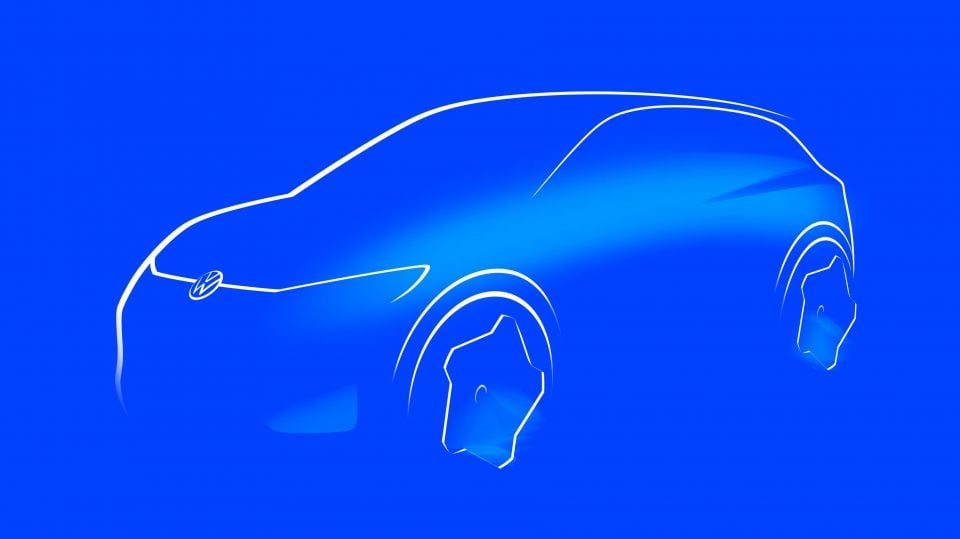

News Editor
The Volkswagen Group has teased its three upcoming entry-level electric vehicles.
The entry-level electric trio is set to enter production in Spain in 2025, has been teased in sketch form. The trio will be built on a platform dubbed MEB Entry.
The sketches reveal three very different-looking models, in stark contrast to the Group’s outgoing entry-level EVs – the Volkswagen e-Up and defunct Skoda Citigo-e iV and SEAT Mii electric.
Volkswagen’s upcoming entry-level electric vehicle – badged either ID.1 or ID.2 – will look quite different from the ID. Life concept.

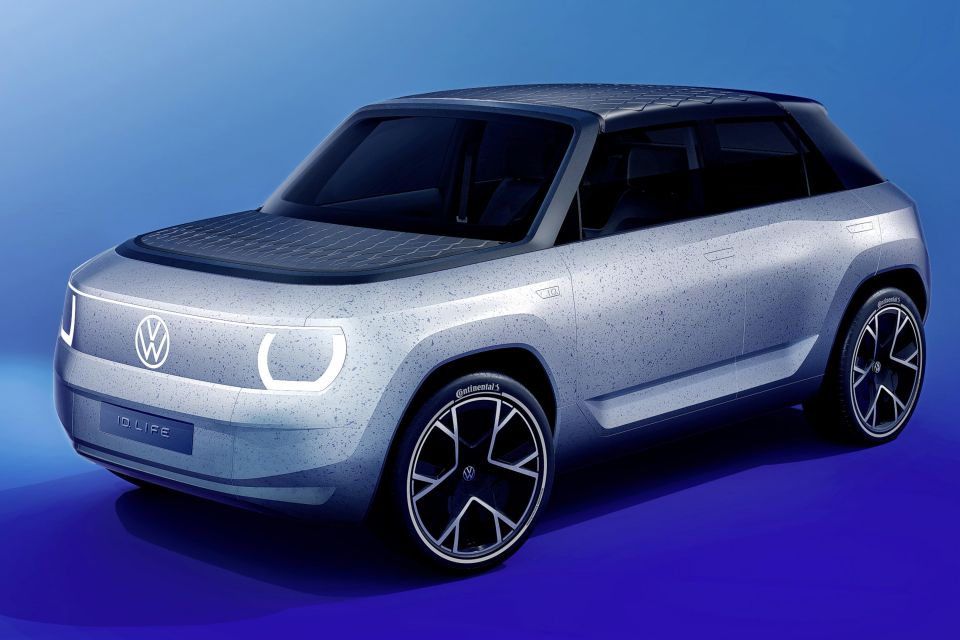
Gone is the square-rigged, retro styling with the almost aggressively angular tailgate, and in its place a considerably more rounded design.
The Volkswagen ID. face is present, and the sketch suggests the production model will bear a strong familial resemblance to the likes of the ID.4 and ID.5.
The side profile of the Skoda reveals it wears a version of the Czech brand’s new Modern Solid design language, with sheer sides, crisp detailing, and somewhat squared-off wheel arches.

Cupra’s EV has already been previewed by the UrbanRebel concept, but the design sketch shows some of its racier details – like the large rear wing – have been toned down.
There’s still a sporty look to it, however, with tight overhangs, rounded wheel arches, and a belt line that kicks up at the rear doors.
The MEB Entry architecture has been developed for smaller EVs, and is front-wheel drive instead of rear/all-wheel drive like the MEB architecture.

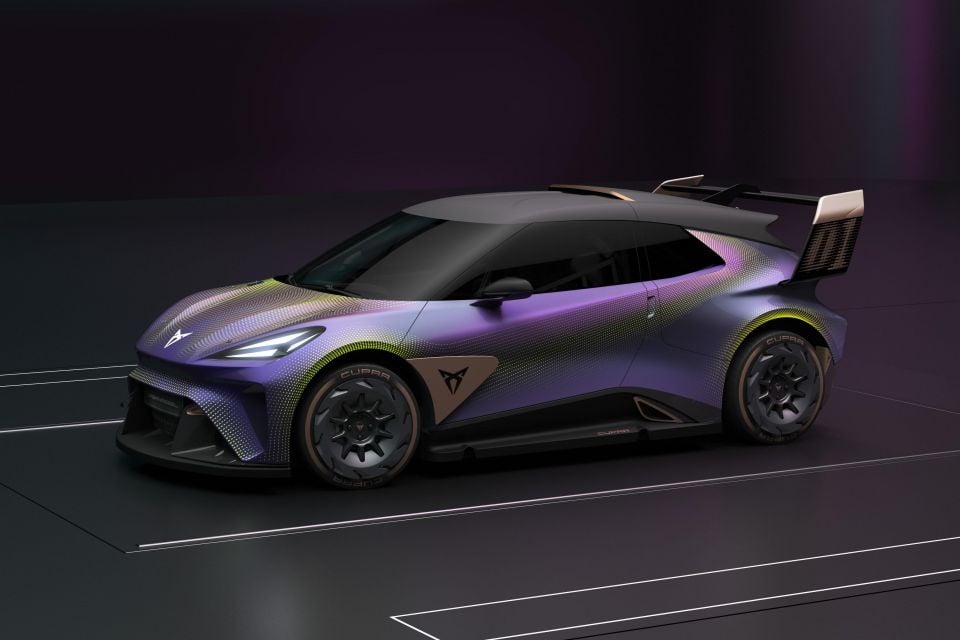
Cars reportedly being developed on the architecture include the Skoda Elroq crossover, Volkswagen ID.1 crossover and ID.2 hatch, and the 2025 Seat Acandra hatchback.
In revealing its ID. Life concept last year, the Volkswagen brand spoke of a starting price equivalent to $30,000.
Last year’s Cupra UrbanRebel concept measured up at 4080mm wide, 1795mm wide, and 1444mm tall, making it practically the same size as the current Volkswagen Polo.
It had a claimed 250kW of continuous power and 320kW of peak power, while last year’s Volkswagen ID. Life concept pumped out 172kW of power.
The VW concept featured a 57kWh battery pack, good for 400km of range on the WLTP test cycle.
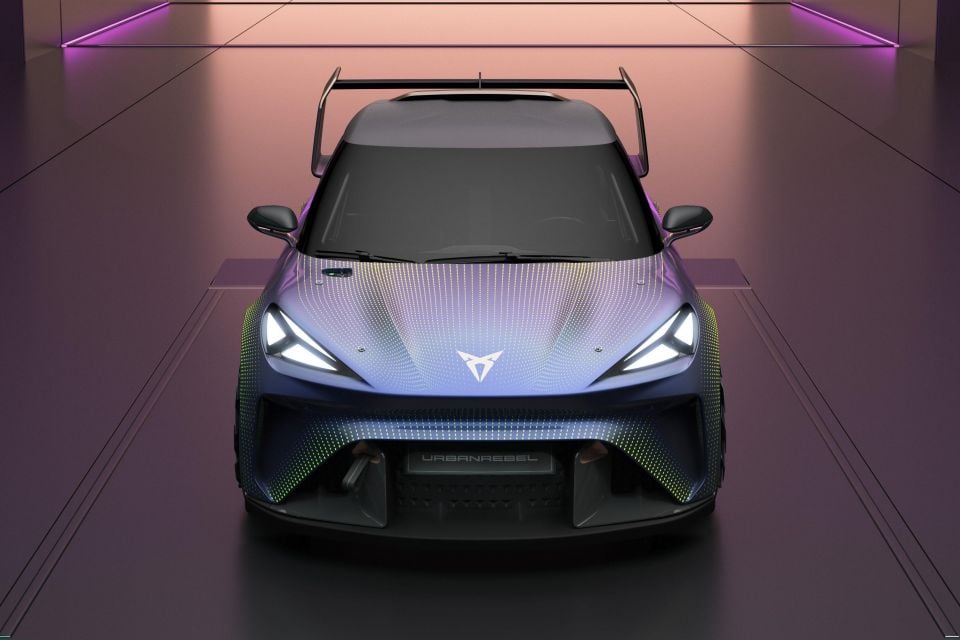
The Volkswagen Group is “mobilising” a €10 billion (A$14.83bn) investment in Spain, establishing a battery Gigafactory in Sagunto, retooling the Martorell and Pamplona plants to support EV production, and creating a supplier ecosystem.
The Group is calling it the largest industrial investment ever made in Spain, and has called it Future: Fast Forward.
Construction of the battery plant will begin in the first quarter of 2023, with production commencing in 2026.
It’ll have an annual production capacity of 40GWh, and will supply the total volume of cells to the Martorell and Pamplona plants.
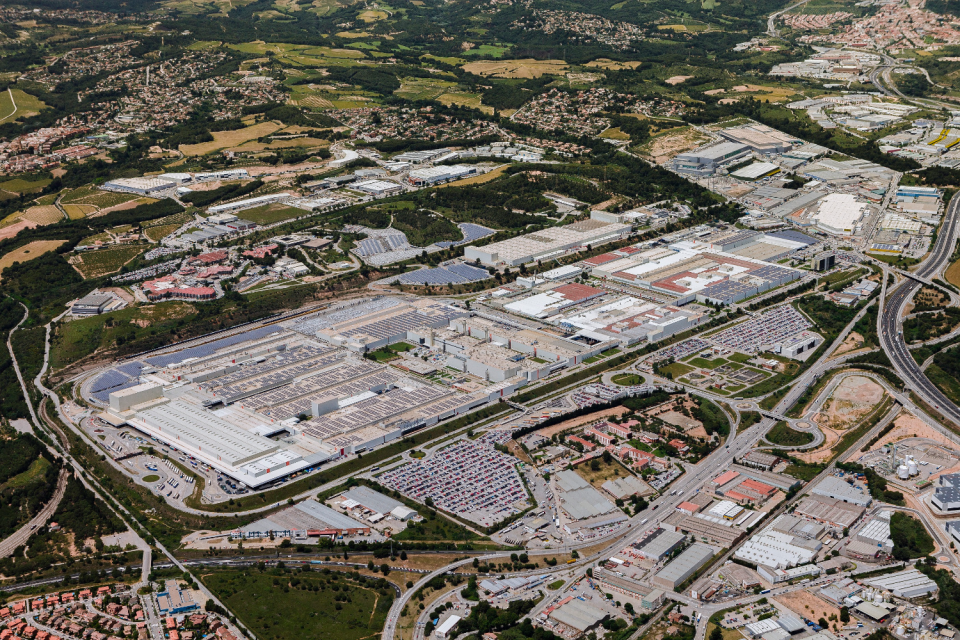
The battery plant will be the Group’s third of the total six planned for the continent, and it’ll be supplied with electricity from 100 per cent renewable sources. That’ll include a new 250-hectare solar plant that’ll be built less than 10km from the factory.
Cupra CEO Wayne Griffiths said late last year the aim is to produce more than 500,000 urban electric cars per year in the Martorell factory for the different Group brands.
William Stopford is an automotive journalist based in Brisbane, Australia. William is a Business/Journalism graduate from the Queensland University of Technology who loves to travel, briefly lived in the US, and has a particular interest in the American car industry.


Matt Campbell
5 Days Ago


James Wong
4 Days Ago


Max Davies
3 Days Ago


Josh Nevett
2 Days Ago


Josh Nevett
1 Day Ago
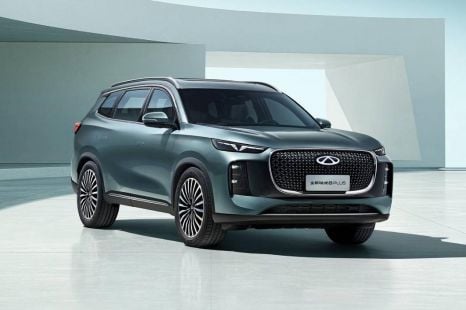

William Stopford
15 Hours Ago